Bricklayers will charge either per day (a day rate) or a set price for a certain amount of building—typically per 1,000 bricks, or 10–12m2. A day rate for an experienced bricklayer will be around £250. If they employ a labourer to help, that will add another £120 (however, this will radically increase the number of bricks laid in the given day.
* * *
The mighty (breeze) bloc(k)

- Type: Medium Density (Concrete) Block
- Height: 215 mm
- Length: 440 mm
- Width: 100 mm
- Weight: 18.2kg
- Manufactured to BS EN 771-3
- Thermal Conductivity: 1.07 W/mK1
- Compressive Strength: 7.30 N per mm squared2
- Fire Rating: A1 to BS EN 13501
- Ideal for high strength load-bearing walls, cavity walls and in block and beam flooring
- Fire resistant and durable with proven acoustic properties
Breeze blocs are not really a thing. What you have are two basic choices: dense concrete blocks and aerated concrete blocks.
What you’ll notice is that a standard block is equivalent to four bricks (2*2) as two stretcher bricks side by side with a mortar gap in between them measure 440 (215 + 10 + 215) and two courses of brick (one above the other) will be 215 (100 + 15 + 100).
* * *
If quoting per number of bricks, then 1,000 bricks will be around £350 to £450 – a couple of day’s work.
The cost of repointing is typically around £30 to £35 per square metre. So, for a whole wall on a medium-sized home, the cost could be £1,000 to £1,500. Repointing the brickwork around an entire home would be around £4,000 to £6,000. This will normally include scaffolding costs, which are necessary when working at height.
Brick bonding is an industry term for the uniform pattern in which brickwork is laid and maximises the strength of the structure. Whilst its primary purpose is structural, the brick bond can also strongly influence the appearance of the façade and provide aesthetic character to many properties.
It’s important to consider these factors when initially deciding on your brickwork, as they can have an impact on the overall appearance of the build.
Below you can see the most common variations of brick bond used in masonry:

Stretcher Bond
Stretcher bond is the most typical laid bond in the UK. The pattern is laid with the stretcher course sitting halfway over the joints of the courses in the row below. While not particularly strong, it is a time and cost-effective way of laying brickwork. First used in 1631, it became popular in the late 18th century.

Header Bond
Header bond is similar to stretcher bond, however it features courses of headers. In header bonds, all bricks in each course are placed as headers on the faces of the walls.

English Bond
English bond is one of the oldest forms of brick bonding. It became common in the 1450s and was the standard type of brickwork for British houses until the late 17th century. English bond brickwork combines alternate courses of stretchers and headers. This traditional pattern is considered to be one of the strongest bonds and is commonly used for bridges and engineering projects. It requires more facing bricks than other patterns.

Flemish Bond
Flemish bond is another traditional pattern where stretchers and headers are laid alternately in a single course. Flemish bond is attractive aesthetically, but is weaker than English bond for load bearing wall construction. It is often used for walls that are two bricks thick.

Stack Bond
In Stack bond pattern, the bricks are laid directly on top of one another with all joints aligned. The bricks are stacked vertically down the wall which results in minimal bonding, therefore this brickwork pattern has less structural integrity than others. This pattern is often used for decorative purposes.

English Garden Wall Bond
English Garden Wall bond constitutes three rows of stretchers to one row of headers. It is very rarely found on buildings outside the north of the UK, where it is abundant and particularly prevalent on the east coast. It was used from the late 18th century onwards, and was also used occasionally for garden walls. It uses fewer facing bricks than English bond.

Flemish Garden Wall Bond
Flemish Garden Wall bond, also known as Sussex bond, includes three stretchers to one header in each row. Ironically, this bond was in fact rarely used on garden walls historically. It is most common in West Sussex and Hampshire where it may be found on up to 10% of historic buildings.
Brick Bonds
Stretcher Bond
Stretcher bond is the most typical laid bond in the UK. The pattern is laid with the stretcher course sitting halfway over the joints of the courses in the row below. While not particularly strong, it is a time and cost-effective way of laying brickwork. First used in 1631, it became popular in the late 18th century.
Header Bond
Header bond is similar to stretcher bond, however it features courses of headers. In header bonds, all bricks in each course are placed as headers on the faces of the walls.
English Bond
English bond is one of the oldest forms of brick bonding. It became common in the 1450s and was the standard type of brickwork for British houses until the late 17th century. English bond brickwork combines alternate courses of stretchers and headers. This traditional pattern is considered to be one of the strongest bonds and is commonly used for bridges and engineering projects. It requires more facing bricks than other patterns.
Flemish Bond
Flemish bond is another traditional pattern where stretchers and headers are laid alternately in a single course. Flemish bond is attractive aesthetically, but is weaker than English bond for load bearing wall construction. It is often used for walls that are two bricks thick.
Stack Bond
In Stack bond pattern, the bricks are laid directly on top of one another with all joints aligned. The bricks are stacked vertically down the wall which results in minimal bonding, therefore this brickwork pattern has less structural integrity than others. This pattern is often used for decorative purposes.
English Garden Wall Bond
English Garden Wall bond constitutes three rows of stretchers to one row of headers. It is very rarely found on buildings outside the north of the UK, where it is abundant and particularly prevalent on the east coast. It was used from the late 18th century onwards, and was also used occasionally for garden walls. It uses fewer facing bricks than English bond.
Flemish Garden Wall Bond
Flemish Garden Wall bond, also known as Sussex bond, includes three stretchers to one header in each row. Ironically, this bond was in fact rarely used on garden walls historically. It is most common in West Sussex and Hampshire where it may be found on up to 10% of historic buildings.
When discussing brick sizing, three kinds of dimensions may be referenced:
- Specified dimensions: The anticipated dimensions of the brick itself, apart from the mortar, are the specified dimensions. These are used in the project specifications, purchase orders, and when working with non-modular bricks.
- Actual dimensions: As you might expect, the actual dimensions are the dimensions of a brick once it’s manufactured: the actual end product.
- Nominal dimensions: Nominal dimensions, typically expressed in round numbers (no fractions), are the sum of the specified dimensions and the expected thickness of the mortar.
Footnotes
- A material’s thermal conductivity is the number of Watts conducted per metre thickness of the material, per degree of temperature difference between one side and the other (W/mK). As a rule of thumb, the lower the thermal conductivity the better, because the material conducts less heat energy. ↩︎
- The units used to measure compressive strength are Newtons per square millimetre, or N/mm2. Compressive strength is the ability of material or structure to carry the loads on its surface without any crack or deflection. A material under compression tends to reduce the size, while in tension, size elongates. Compressive strength formula for any material is the load applied at the point of failure to the cross-section area of the face on which load was applied: Compressive Strength = Load / Cross-sectional Area. ↩︎
* * *
Types of Trade
- Architectural services →
- Bathroom fitting →
- Bricklaying & Repointing →
- Carpentry & Joinery →
- Conservatories & Greenhouses →
- Damp Proofing →
- Demolition & Clearance →
- Driveways & Paving →
- Electrical →
- Extensions & Garden rooms →
- Fencing →
- Flooring →
- Gardening & Landscaping →
- Groundwork & Foundations →
- Guttering, Fascias & Soffits →
- Heating work →
- Insulation →
- Kitchen fitting →
- Locks & Security →
- Loft conversions →
- Painting & Decorating →
- Plastering & Rendering →
- Plumbing →
- Repurposing outbuildings →
- Restoration & Refurbishment →
- Roofing & Scaffolding →
- Stonemasonry →
- Tiling →
- Tree surgery →
- Window & Door fitting →
- Wood burners & Chimneys →
Contact HH&M
HH&M’s services
- Assembling things →
- Building & Maintenance →
- Decorating & Painting →
- Gardening & Groundworks →
- Moving things →
Get a free quote
Horley by area
Although Horley does not have named-on-road-sign neighbourhoods—like Crawley does—the following areas are commonly referred to:
01. Hookwood/Povey Cross
Hookwood/Povey Cross →
Hookwood and Povey Cross are on the western outskirts of Horley. Many international hotels are situated here as is Tesco Hookwood. Several large housing developments are planned here. Hookwood and Povey Cross are directly beside the airport.
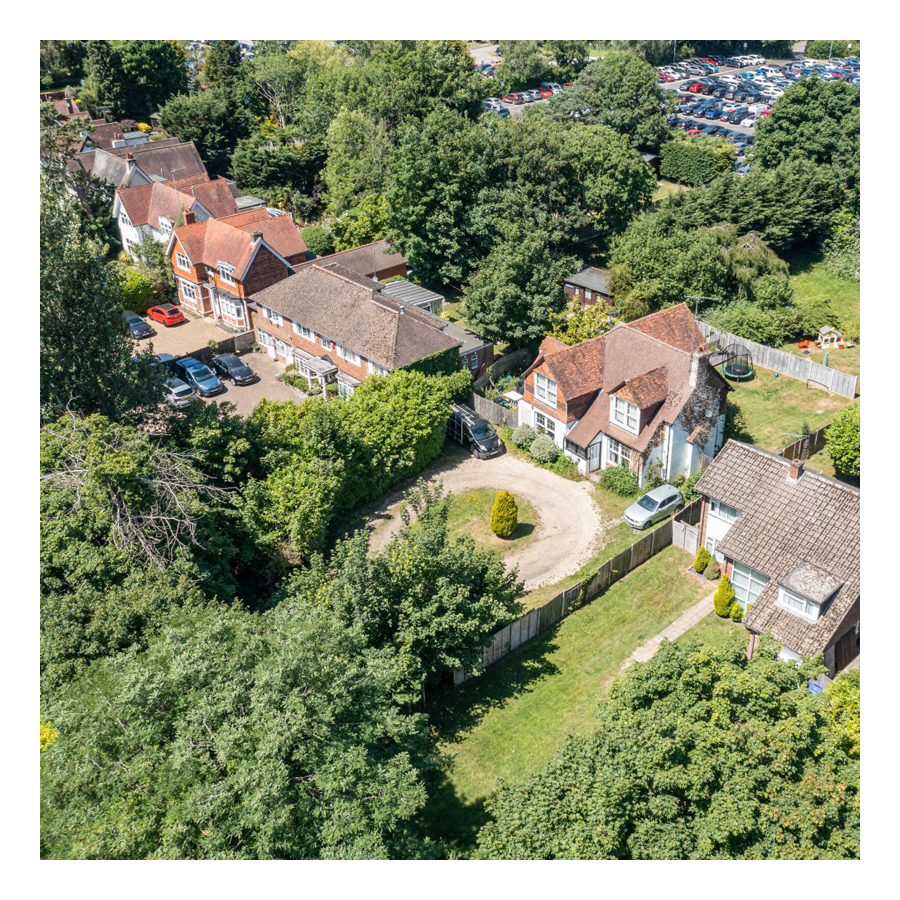
02. Gardens Estate
Gardens Estate →
Gardens Estate is very close to Gatwick airport and those working at LGW can easily access the terminal building via footpaths from the recreational area, Riverside Garden Park via the underpass of Gatwick airport station.
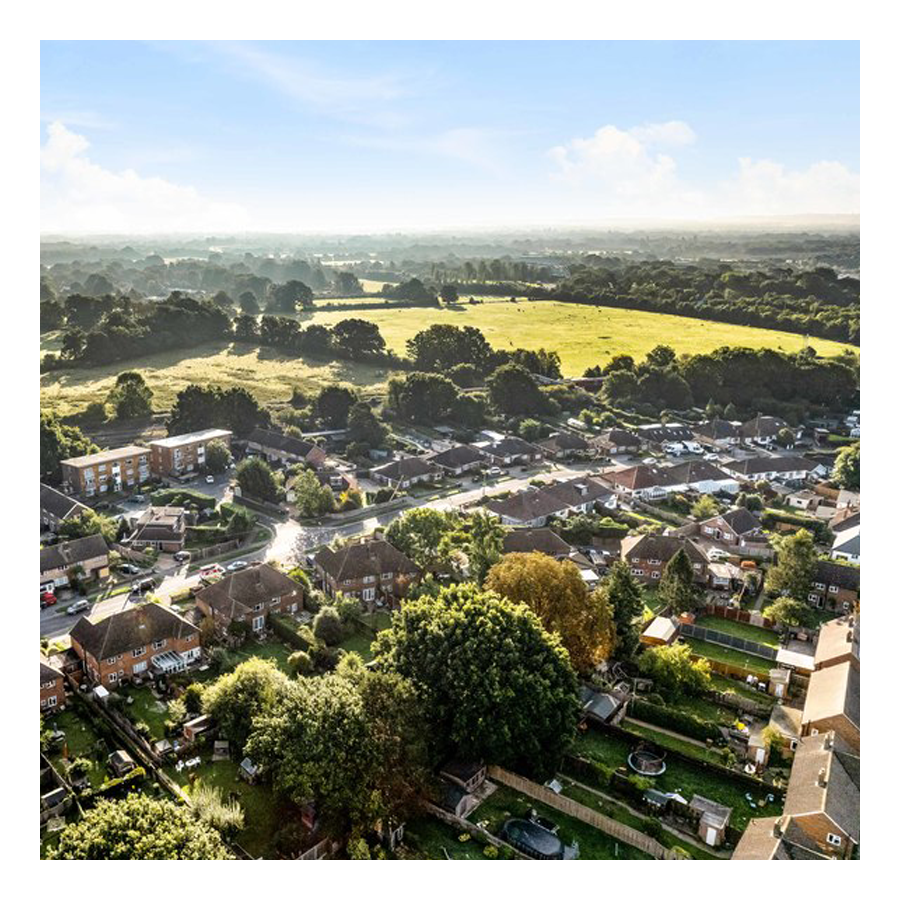
03. Haroldslea
Haroldslea →
This area comprises: The Balcombe Road (B2036) and the roads leading from it between Oakwood School and the A23/M23 link road flyover. For example, Limes Avenue which was originally laid out in 1936 and still retains some of the Lime trees planted at that time.
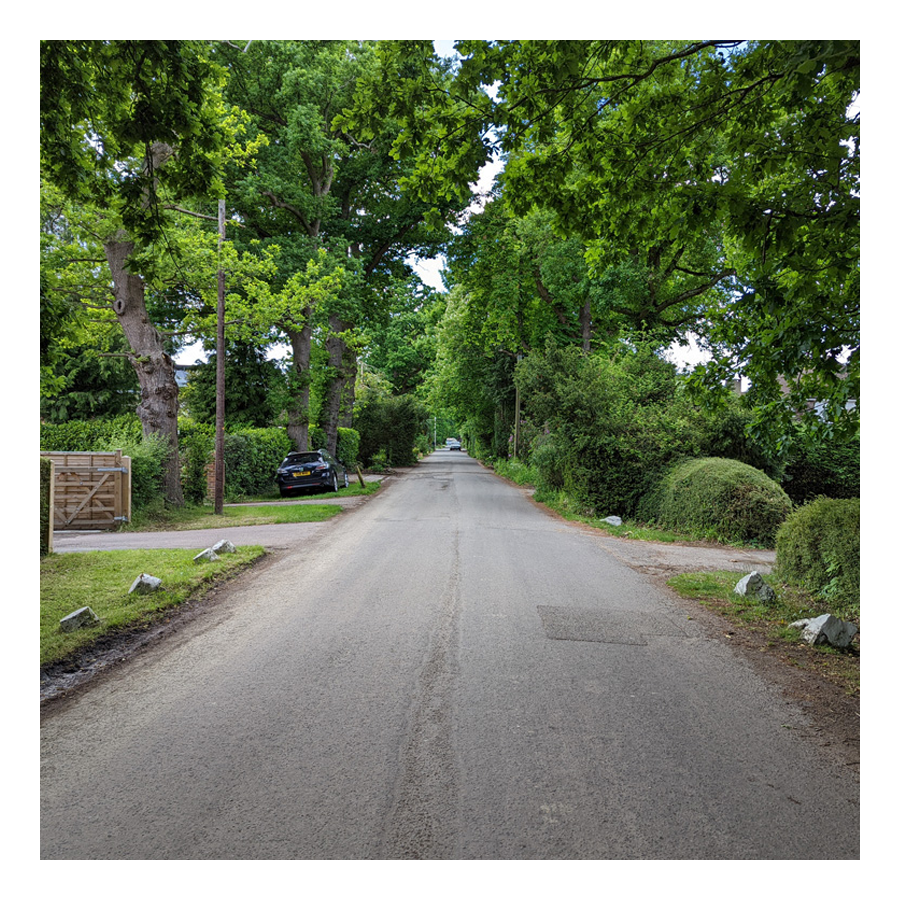
04. Court Lodge
Court Lodge →
This neighbourhood was set out in the 1950s and 1960s. It has a mixture of flats and houses. It is home to Horley leisure centre, several airport hotels and a couple of places of worship.
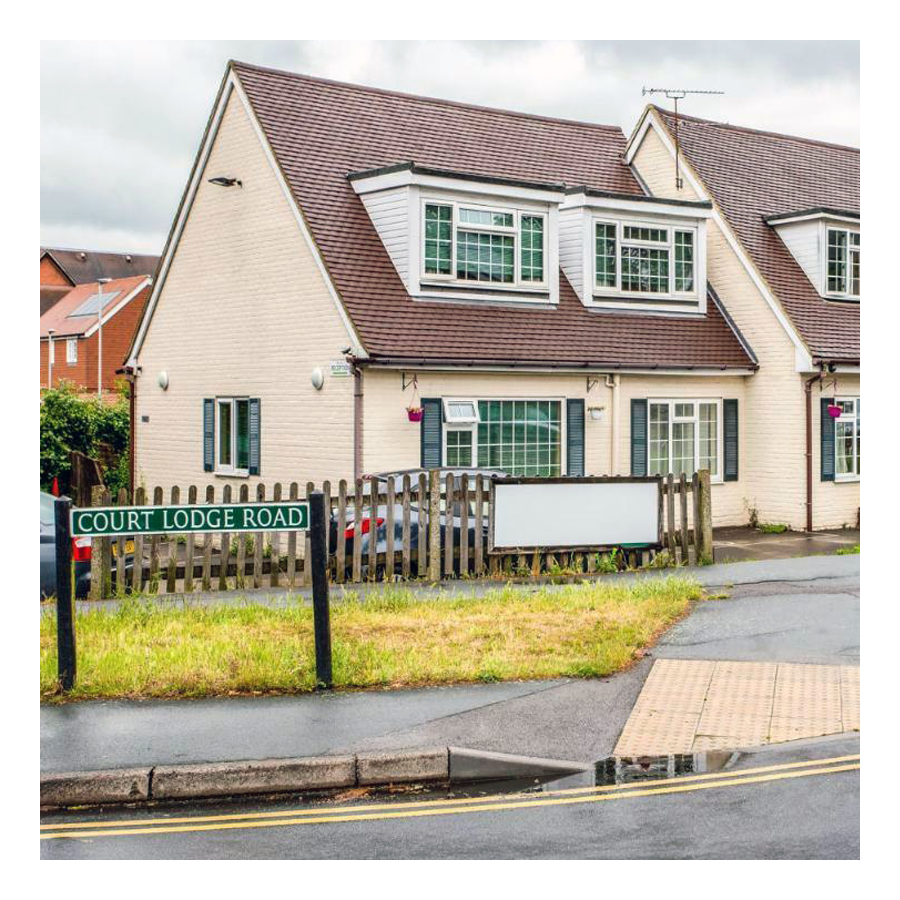
05. Horley Central
Horley Central →
This area includes the town centre which has quite a lot of purpose built residential flats and roads such as Church Road, Massetts Road, Pine Gardens, Ringley Avenue and, Russells Crescent.
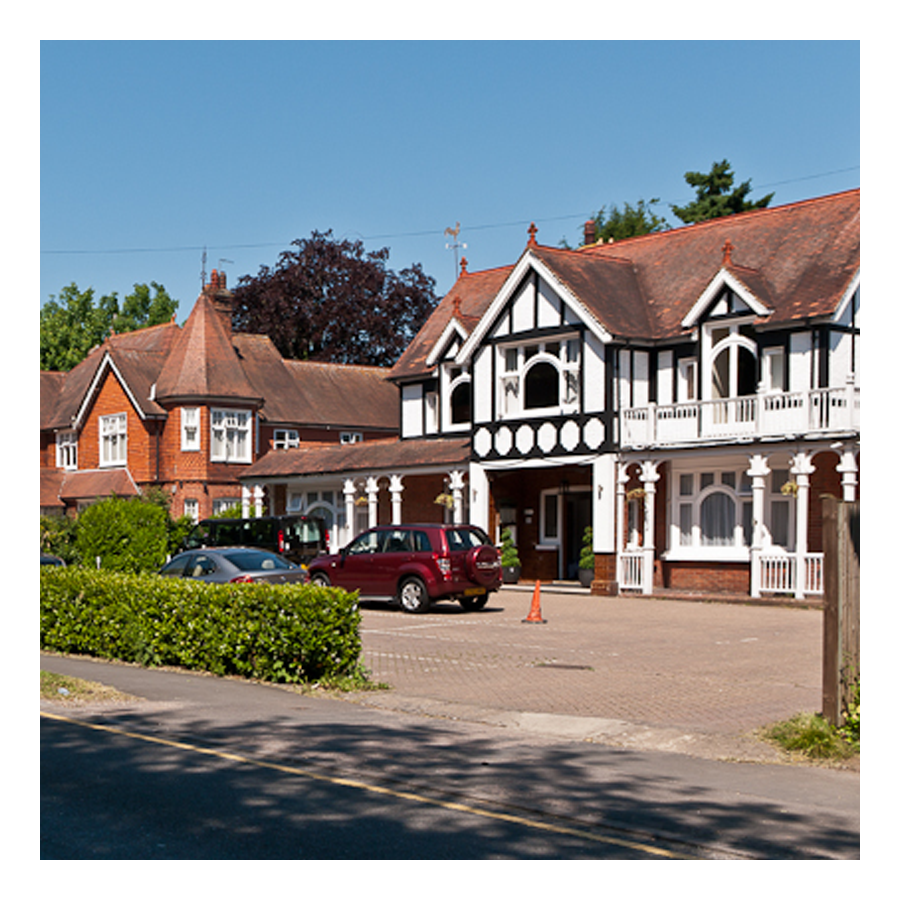
06. Langshott
Langshott →
This area of Horley stretches eastward towards Smallfield. Immediately to its north is the new estate called The Acres. This area is home to Langshott Manor, which was built in 1580; it is now a luxury hotel.
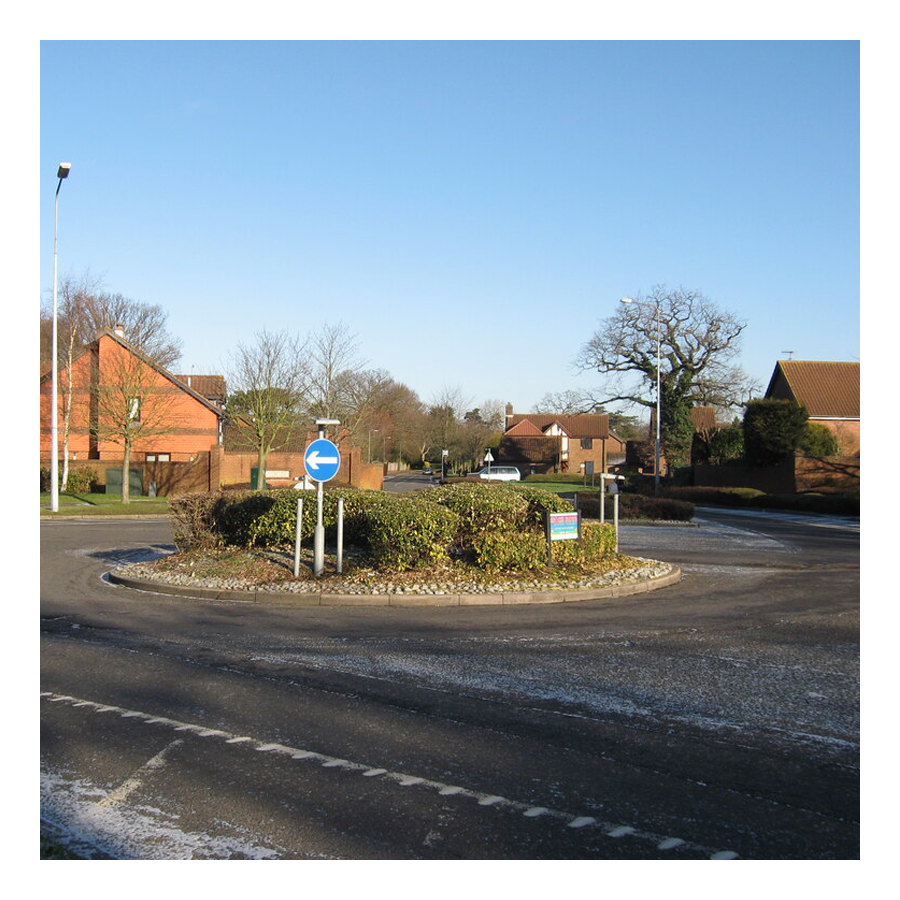
07. Meath Green
Meath Green →
Once upon a time this area was called Moy Grene, and it has some of Horley’s oldest homes. Today, the vast majority of the homes in this area where built from the late 1950s onwards.

08. The Acres
The Acres →
This new neighbourhood of over 700 homes is in the north east of Horley and Langshott. The development was built mostly by Barratt and Bovis Homes between 2010 and 2016.

09. West Vale Park
West Vale Park →
This new neighbourhood is to the north west of Horley and joins onto Meath Green. To date, around 1,600 new homes have been constructed:
• Crest Nicholson brochure →
• Fabrica brochure →
• Taylor Wimpey brochure →
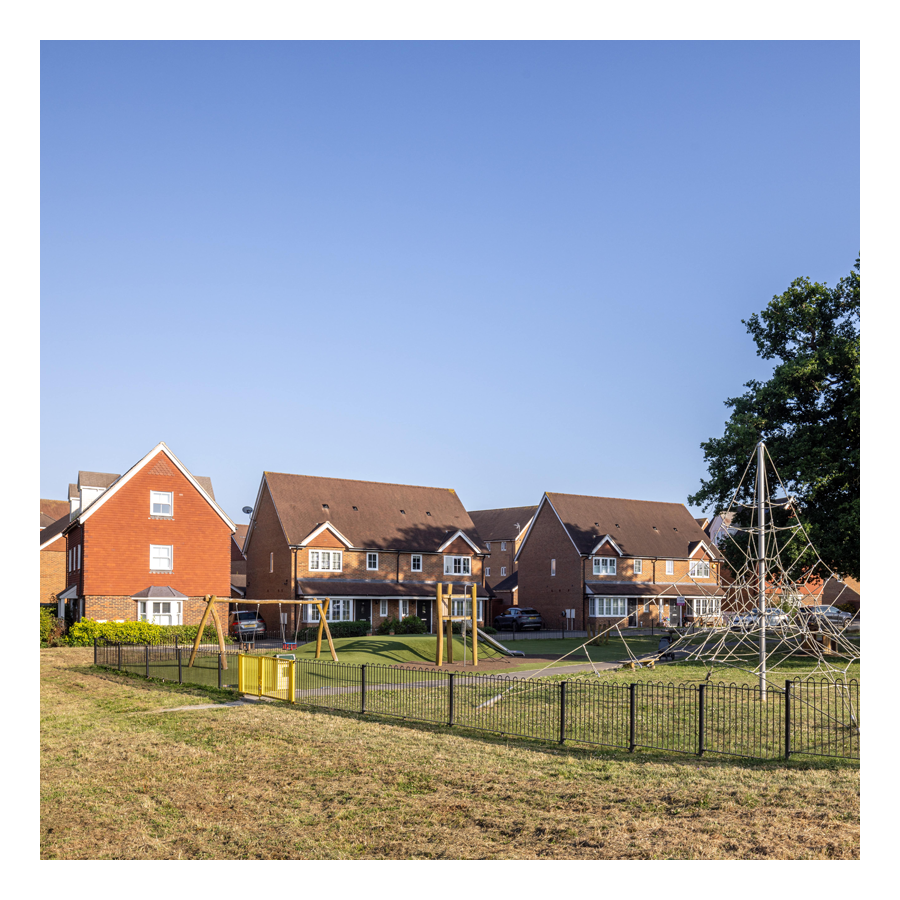
10. Gatwick
Explore Gatwick→
Gatwick airport is included as an area of Horley because historically it was part of Horley and, it remains adjacent to this day. Gatwick, before becoming a major international airport, was a famous horse racetrack which hosted the Grand National on several occasions.
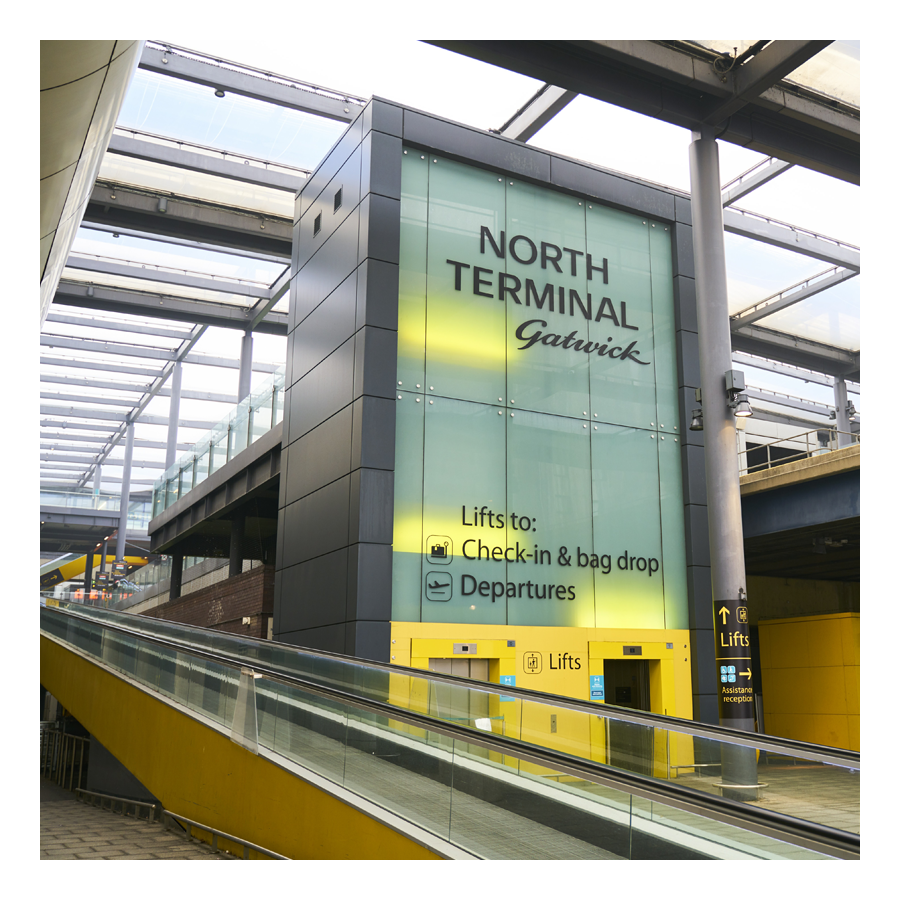
Horley neighbourhoods
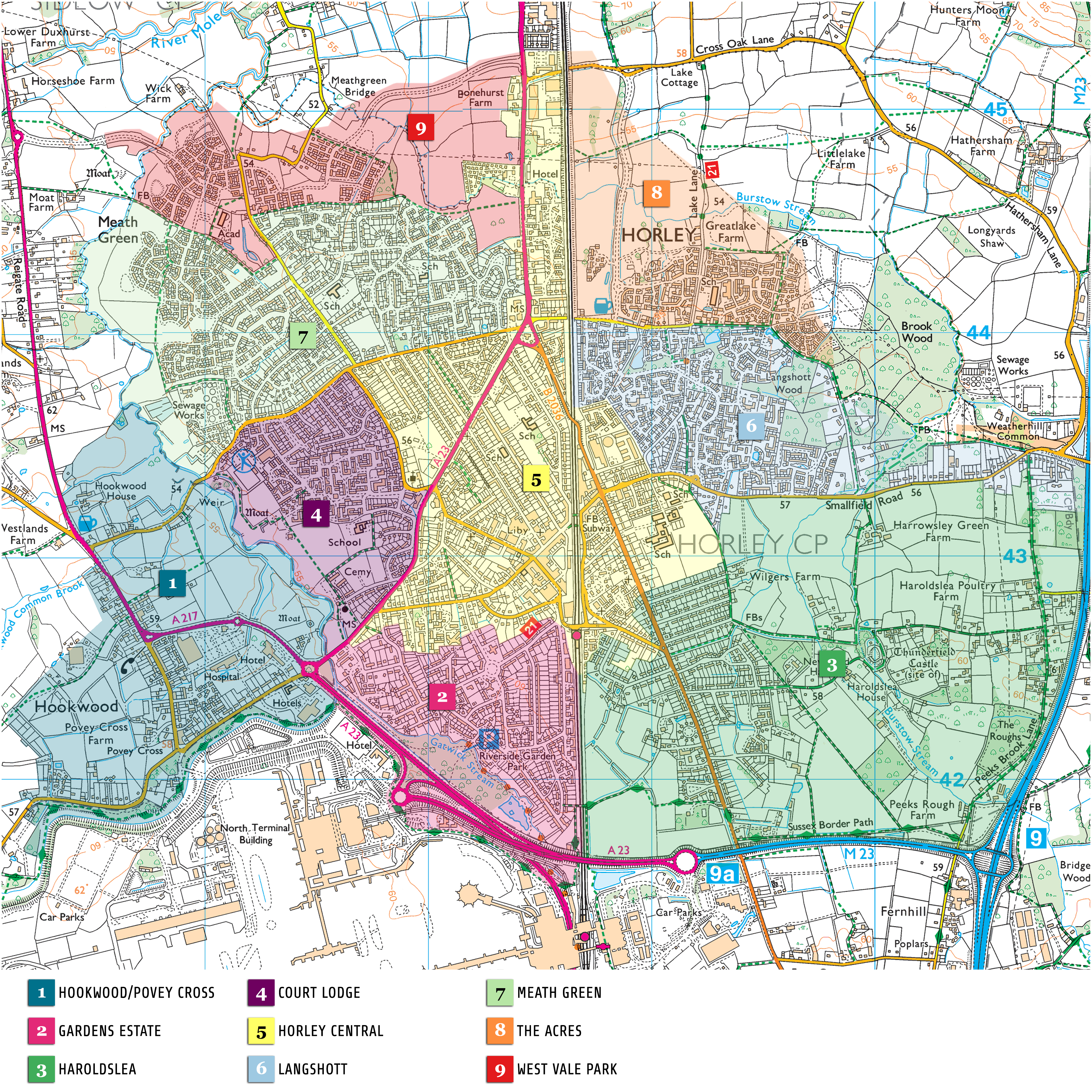
Horley Town


01. Hookwood/Povey Cross
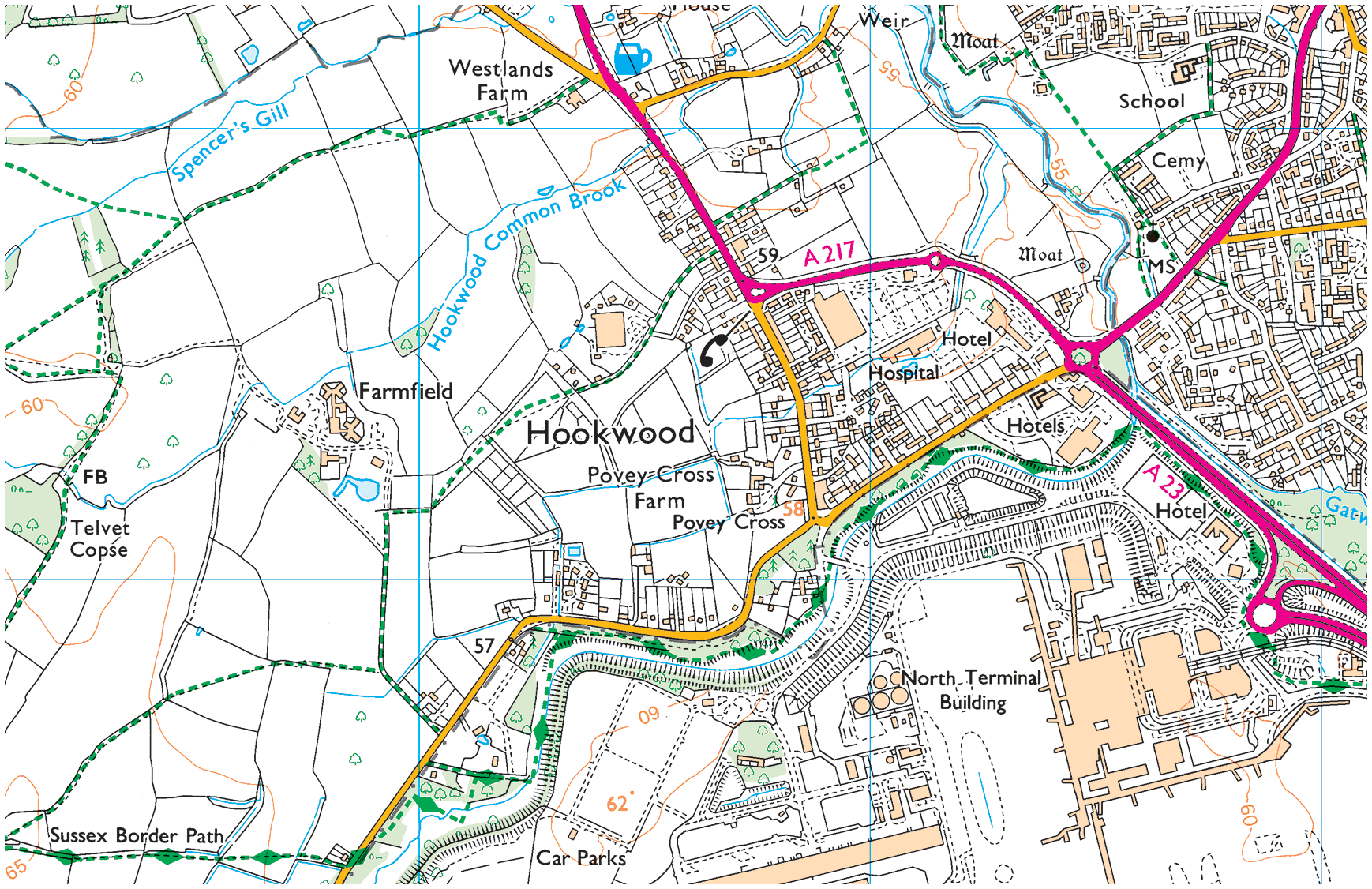
02. Gardens Estate
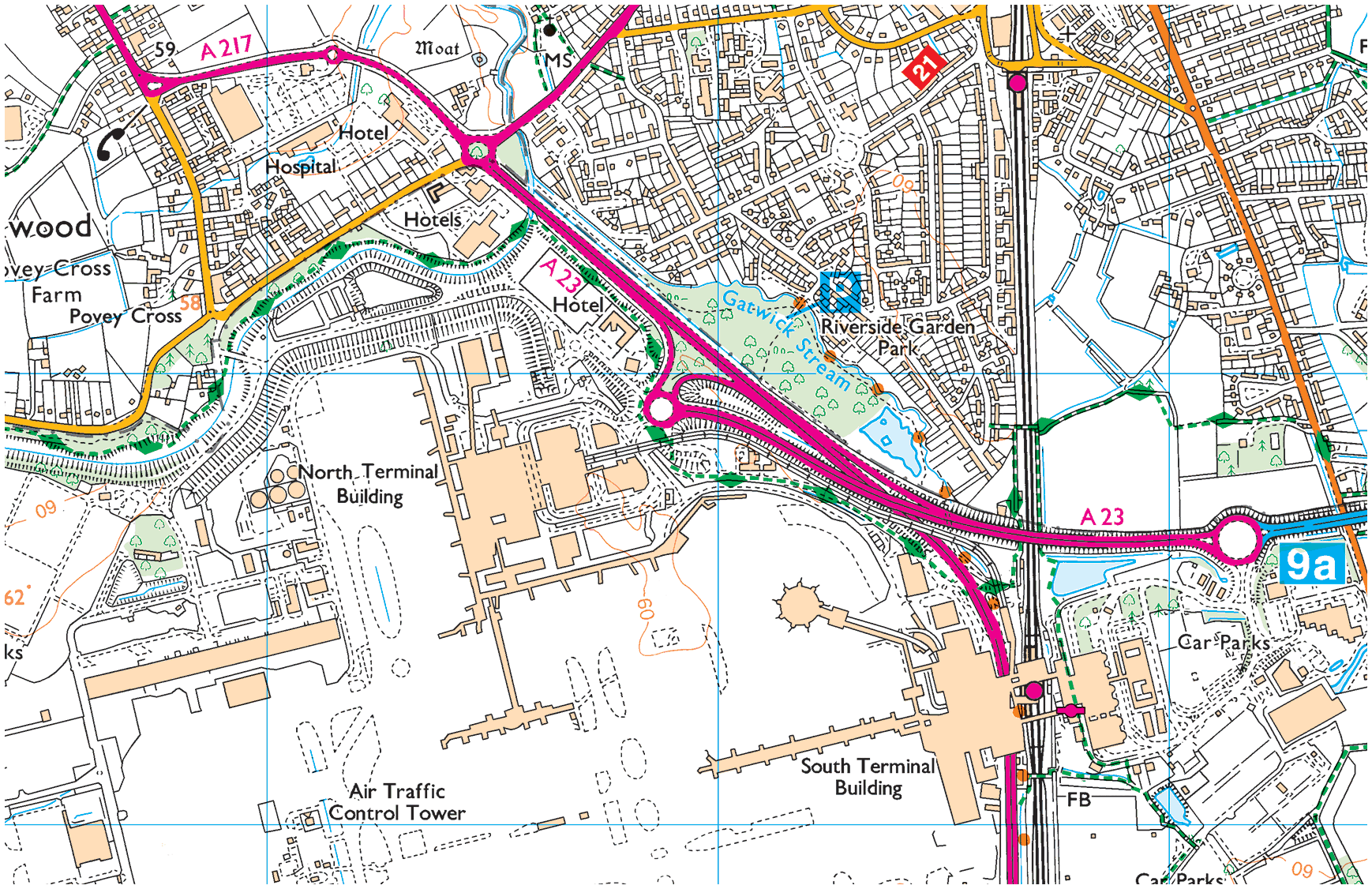
03. Haroldslea
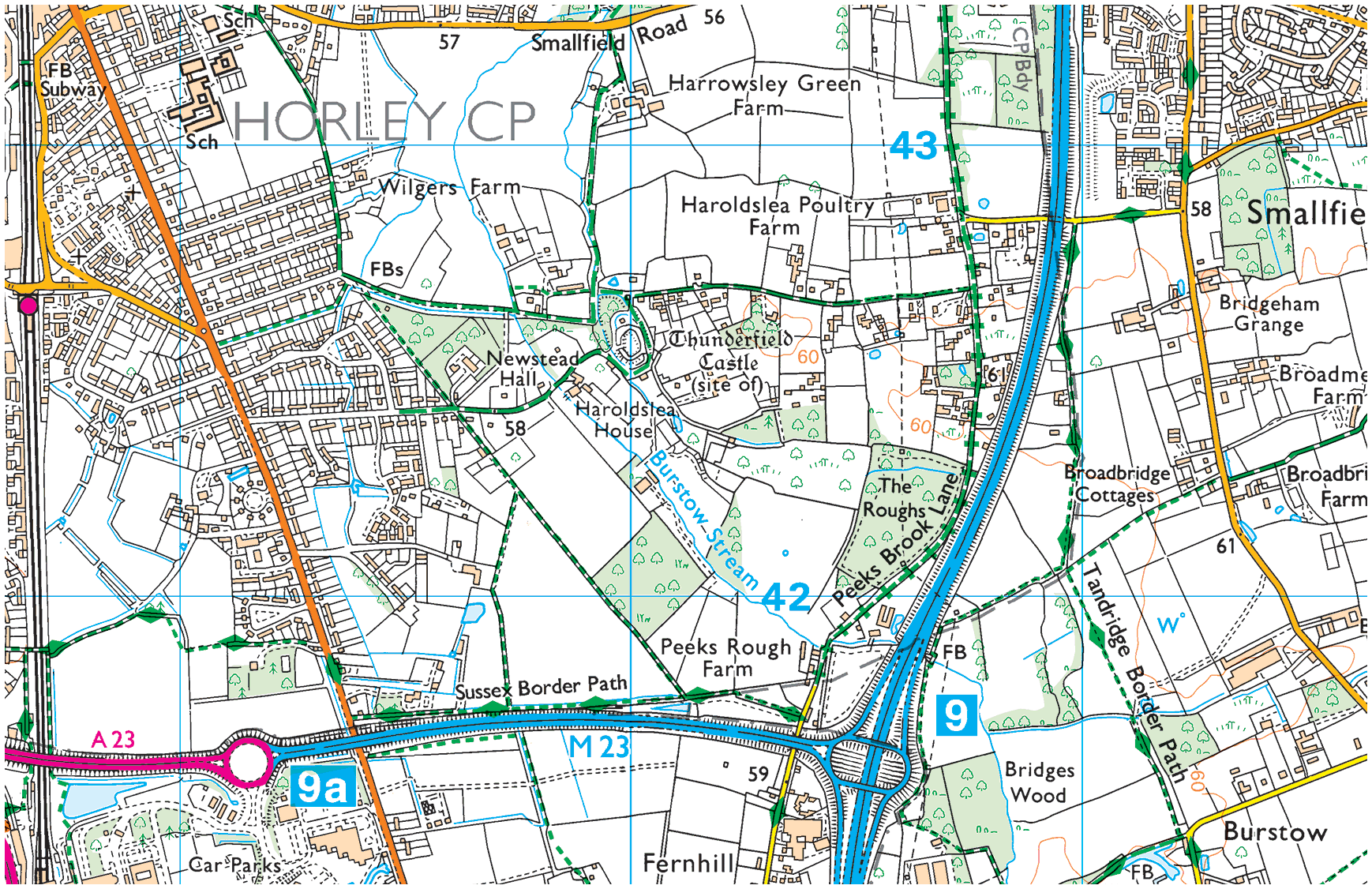
04. Court Lodge
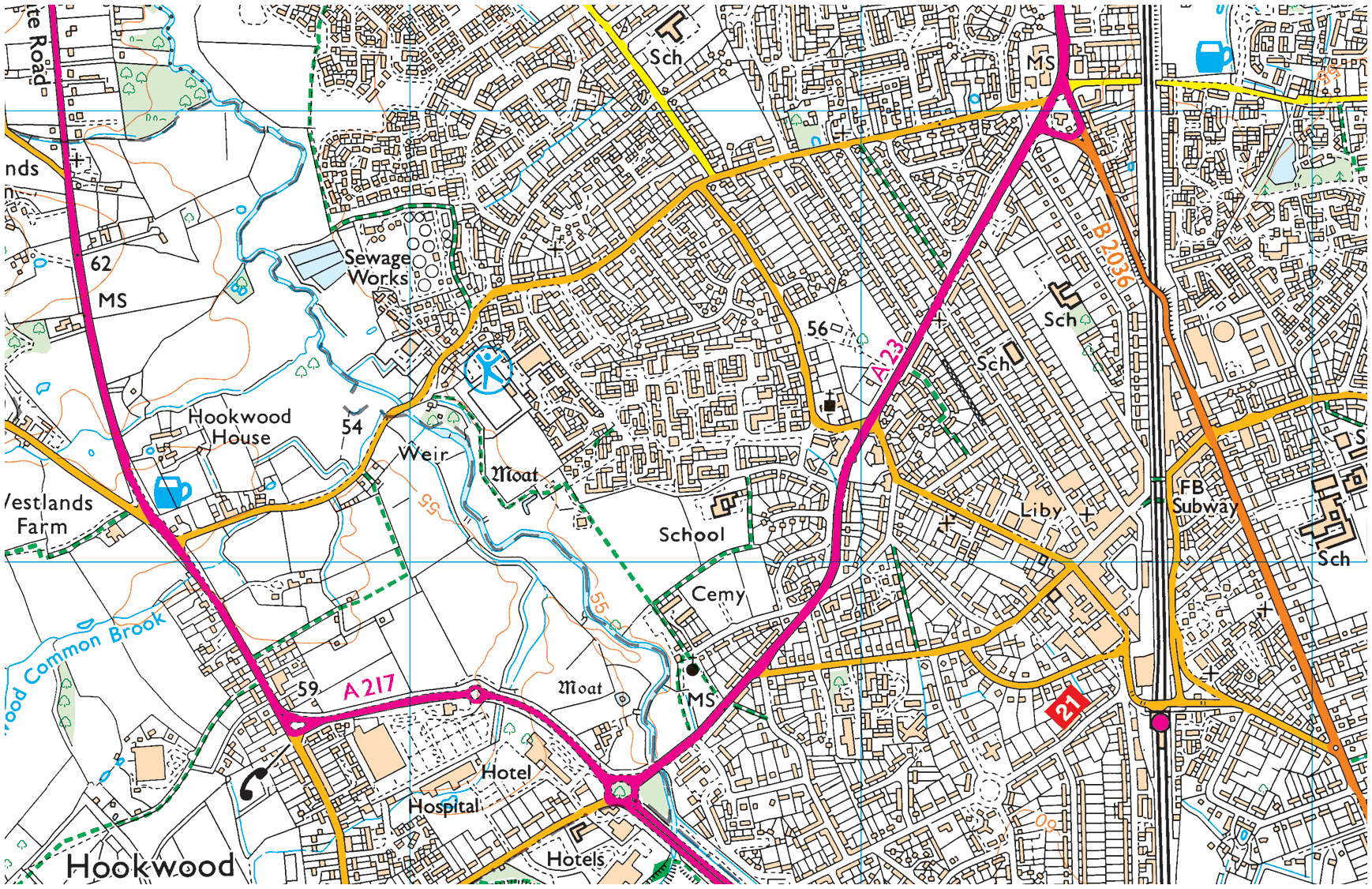
05. Horley Central
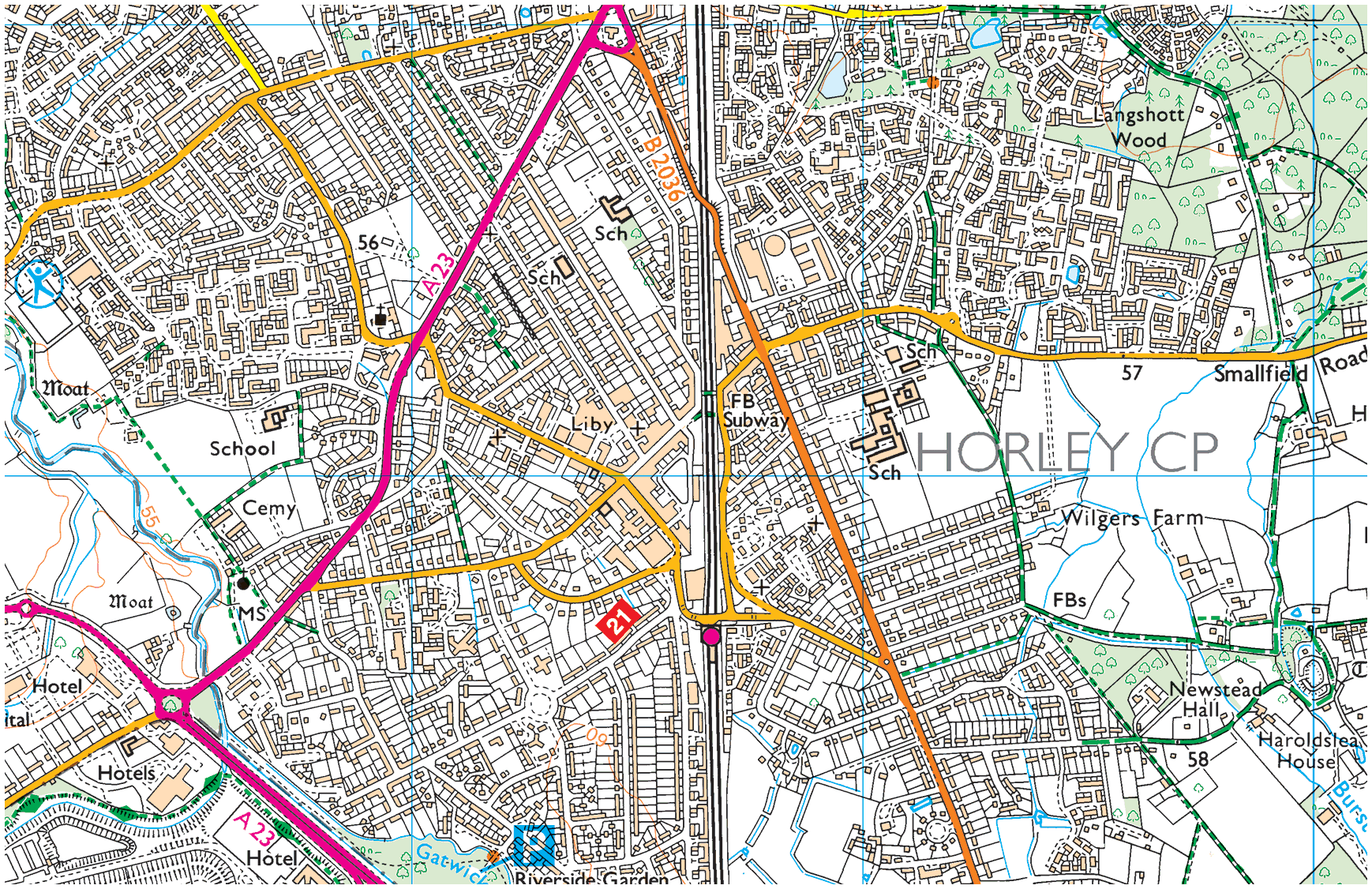
06. Langshott
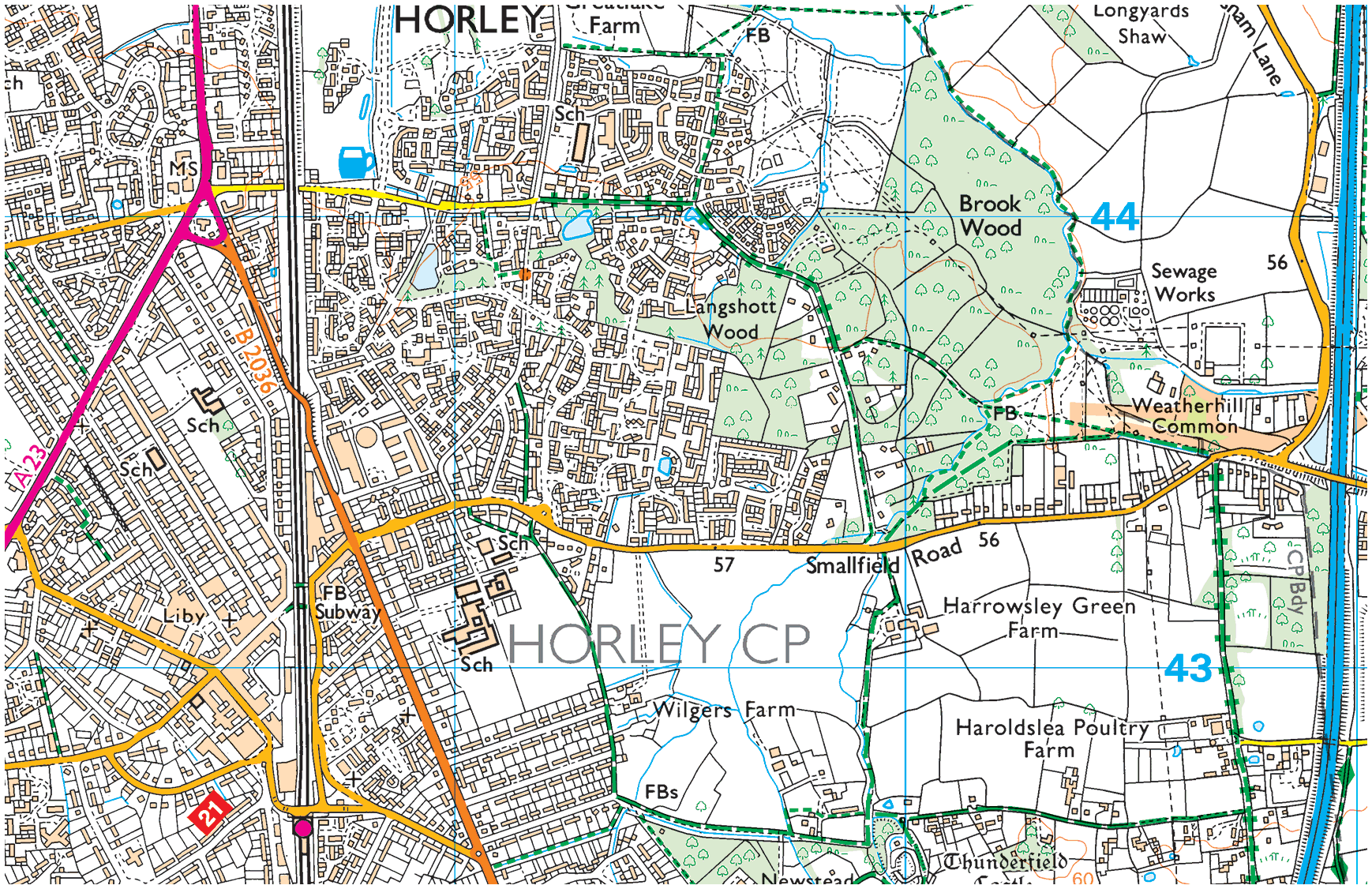
07. Meath Green

08. The Acres
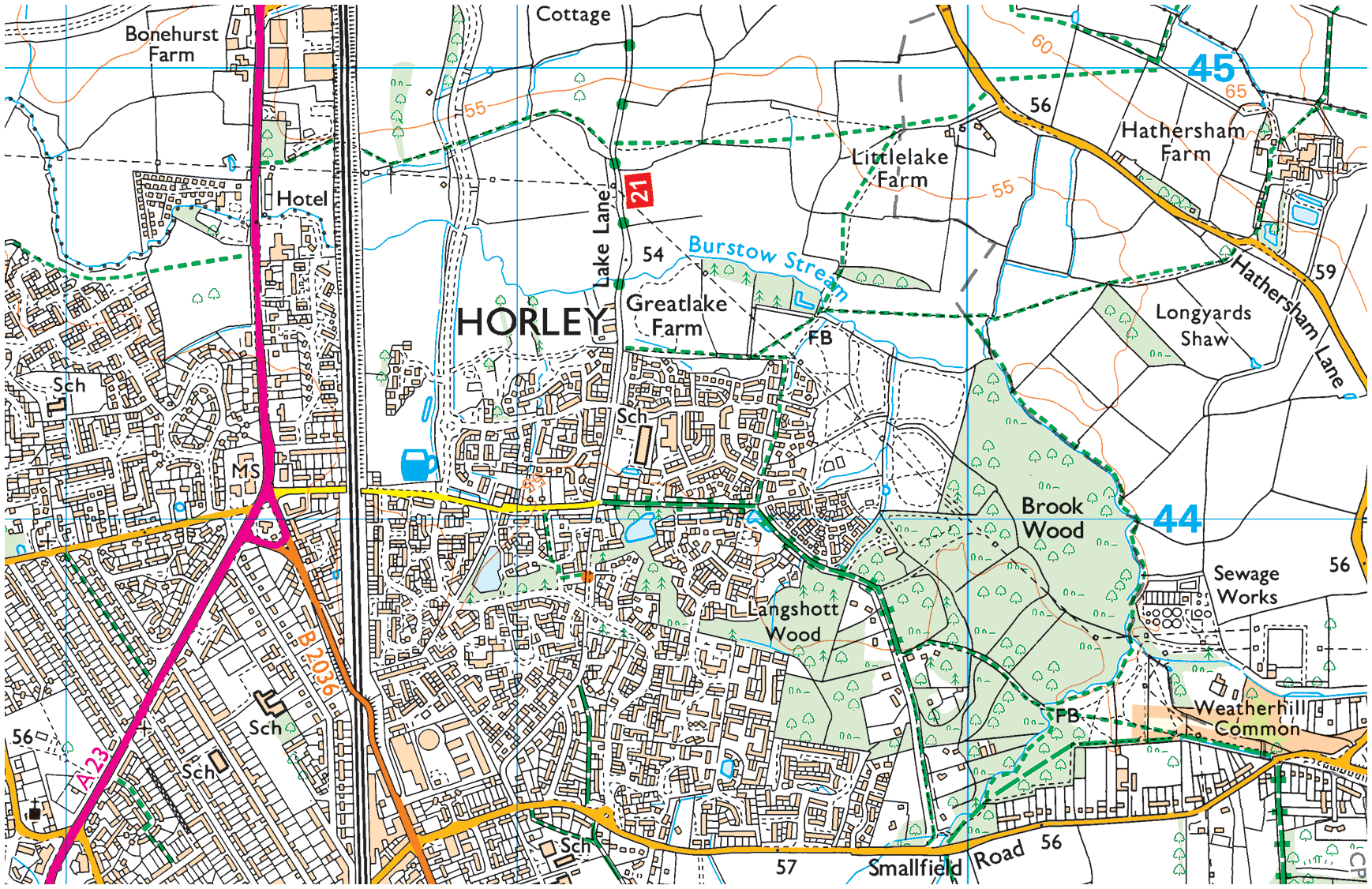
09. West Vale Park
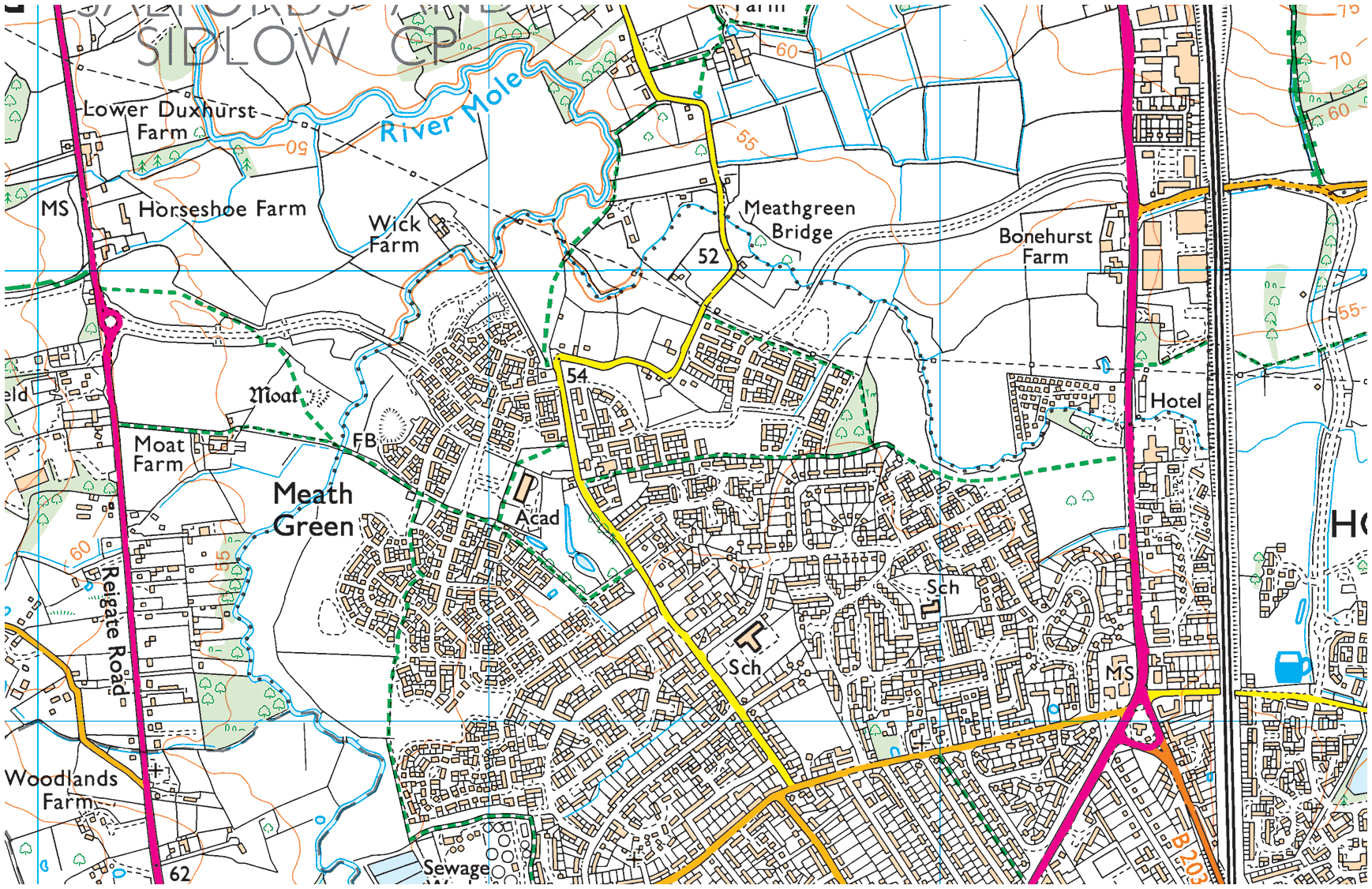
10. Gatwick



